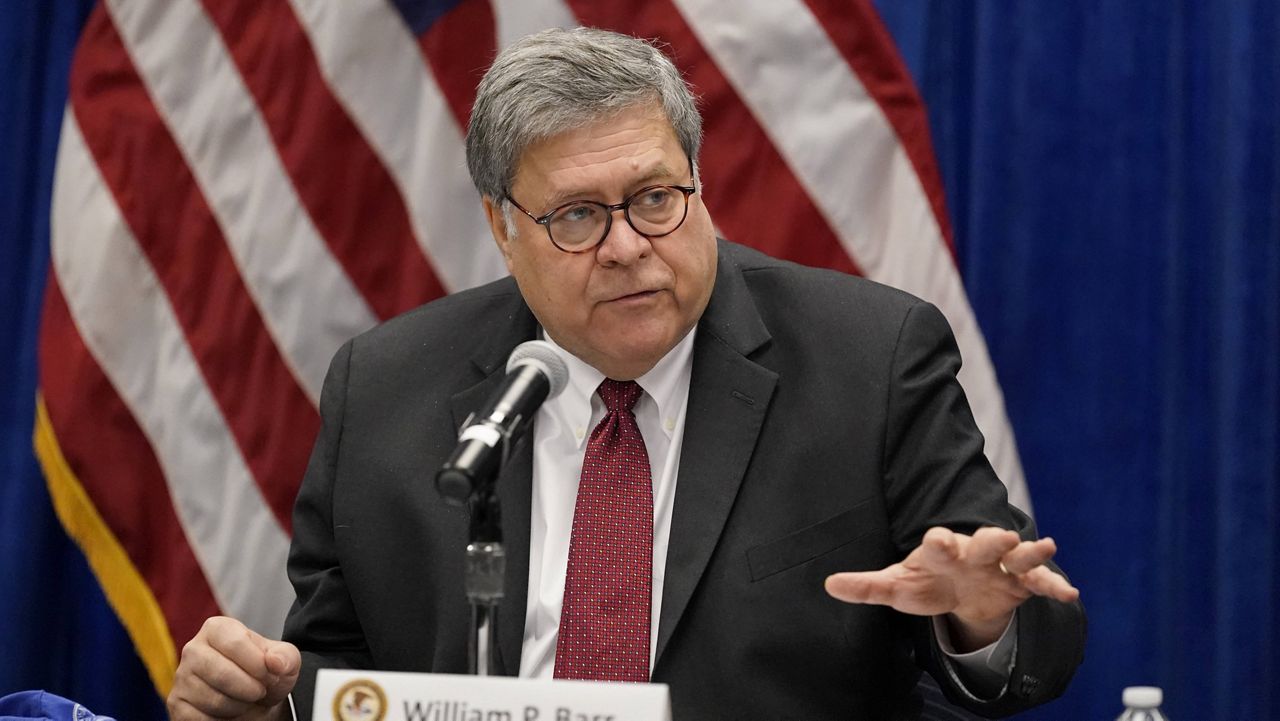A new Justice Department rule clears the path for federal executions using methods other than lethal injection, including firing squads and electrocution.
What You Need To Know
- A new Justice Department rule clears the path for federal executions using methods other than lethal injection, including firing squads and electrocution
- The rule change says federal executions are to be carried out by lethal injection “or by any other manner prescribed by the law of the State in which the sentence was imposed or which has been designated by a court"
- The Trump administration has five executions scheduled before the end of the president's term – it says four will be performed by lethal injection, but has not said what method will be used for the other
- President-elect Joe Biden, who can rescind the rule after taking office, will work to end the federal death penalty, his spokesman said last week.
With just 54 days left in the Trump administration, the department published the new rule to the Federal Register on Friday. The change was formally proposed in August and the Justice Department accepted public comments for 30 days, rather than the customary 60 days.
Meanwhile, the Trump administration has scheduled a flurry of executions before the president leaves office. Two deaths had already been set, and three others were announced by the Justice Department last week.
Four of the remaining executions are scheduled to be performed using lethal injection. The Justice Department has not yet said what method it plans to use on Jan. 15 for Dustin John Higgs, who was convicted of kidnapping and killing three women in 1996.
Until July, the federal government had gone 17 years without carrying out the death penalty. It has already put eight men to death this year, including one on Nov. 19.
President-elect Joe Biden, who can rescind the rule after taking office, will work to end the federal death penalty, his spokesman said last week.
Lethal injections had been the only method used for federal executions for decades.
The rule change amends the code to read that federal executions are to be carried out by lethal injection “or by any other manner prescribed by the law of the State in which the sentence was imposed or which has been designated by a court.”
Federal executions must follow the law of the state in which the sentence was handed down. If a state does now allow the death penalty, the court can designate another state to carry it out.
All states that allow the death penalty currently use lethal injection, but some authorize other methods as well. For example, Utah allows for firing squads if the substances needed for a lethal injection are not available on the scheduled date. Firing-squad executions are also legal in Oklahoma and Mississippi, although lethal injection remains the primary method in those states as well.
Alabama allows the prisoner to choose between lethal injection, electrocution, or lethal gas.
While a Justice Department official did respond to Spectrum News' request for comment with some background information, the official did not answer questions about why there was only a 30-day comment period and the planned method for Higgs' execution.
In its August proposal, the department explained the rule change “would provide the Federal Government with greater flexibility to conduct executions,” adding that a state in the future could authorize only a method other than lethal injection.
“The proposed rule would therefore forestall potential future arguments by prisoners in litigation that they cannot be executed under the existing regulation because the regulation does not expressly authorize execution by means other than lethal injection,” the department said.
The DOJ also noted that the use of lethal injections, although upheld by the Supreme Court, has faced court challenges arguing that alternative methods cause less pain. In a pair of reported botched lethal injections in 2014, one prisoner was said to have been left gasping for two hours while another writhed in pain. The incidents led to scrutiny of the method and a review by the Obama administration.
The Justice Department said in its proposal that firing squads and nitrogen hypoxia – depriving the body of oxygen by replacing the air with nitrogen – have been identified as potentially more humane alternatives to lethal injection, including by prisoners themselves.
The department quoted an opinion by Supreme Court Justice Sonia Sotomayor, one of the high court's liberal judges, in a 2017 case in which an Alabama prisoner unsuccessfully sought to be executed by firing squad rather than injection.
“[D]eath by shooting may also be comparatively painless,” Sotomayor wrote in her dissent.



